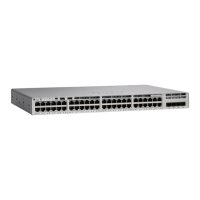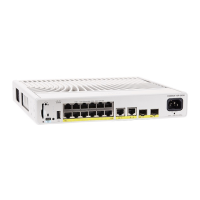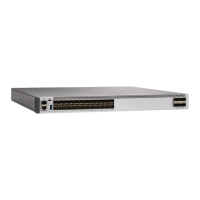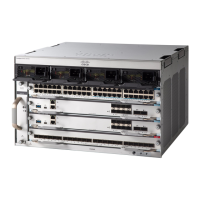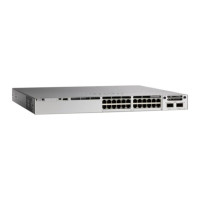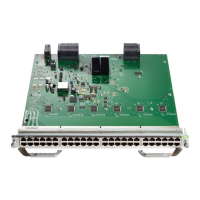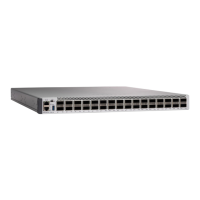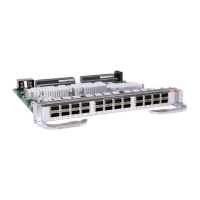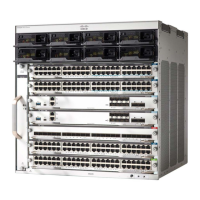PurposeCommand or Action
Device(config)# end
Saves the configuration.copy system:running-config nvram:startup-config
Example:
Step 7
Device# copy system:running-config
nvram:startup-config
Copying Configuration Files from Flash Memory to the Startup or Running
Configuration
To copy a configuration file from flash memory directly to your startup configuration in NVRAM or your
running configuration, enter one of the commands in Step 2:
SUMMARY STEPS
1. enable
2. Do one of the following:
• copy filesystem: [partition-number:][filename ] nvram:startup-config
• copy filesystem: [partition-number:][filename ] system:running-config
DETAILED STEPS
PurposeCommand or Action
Enables privileged EXEC mode.enable
Step 1
Example:
• Enter your password if prompted.
Device> enable
Do one of the following:
Step 2
• Loads a configuration file directly into NVRAM or
• copy filesystem: [partition-number:][filename ]
nvram:startup-config
• Copies a configuration file to your running
configuration
• copy filesystem: [partition-number:][filename ]
system:running-config
Example:
Device# copy usbflash0:4:ios-upgrade-1
nvram:startup-config
Examples
The following example copies the file named ios-upgrade-1 from partition 4 of the flash memory
PC Card in usbflash0 to the device startup configurations:
System Management Configuration Guide, Cisco IOS XE Gibraltar 16.10.x (Catalyst 9200 Switches)
167
Managing Configuration Files
Copying Configuration Files from Flash Memory to the Startup or Running Configuration
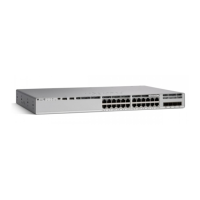
